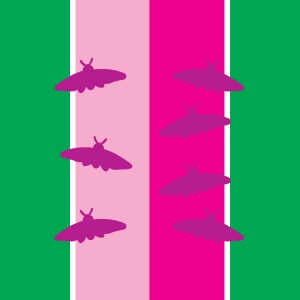 Natural selection
Natural selection
Within the same species, diverse forms can exist. This is the case for moths who, for the majority, have a bright formation and less frequently, a dark formation. During the day, these moths stay motionless on the trunk of birch trees, where the colour is brighter. Thus, the white moths camoflauge themselves with the trunk and have a decreased chance of being spotted and eaten by birds.
During the industrialisation of cities in the 19th century, the pollution produced by human activities promoted a change in the colour of the birch tree trunks. On the darker tree trunks, the white moths are much more visible than the black moths and are eaten by predators. Therefore, little by little through generations, the proportion of white moths has decreased in favour of the black moths. These moths survive much longer and thus have a greater chance to reproduce.
This is a case of natural selection. The form that has adapted the best to the new conditions in the living space is at an advantage.
In this case, it is Man who is responsible for the modification of the environment.
